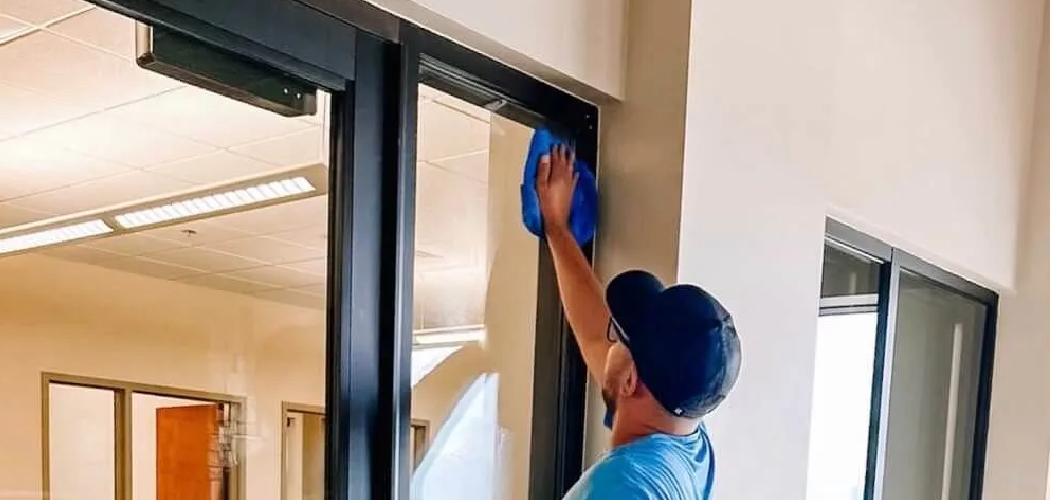Etching on safety glass can occur due to prolonged exposure to harsh elements, improper cleaning techniques, or accidental damage. These marks or scratches can compromise the appearance of the glass and, in some cases, its functionality. Fortunately, with the right tools and techniques, it is possible to remove etching and restore the glass to its original clarity.
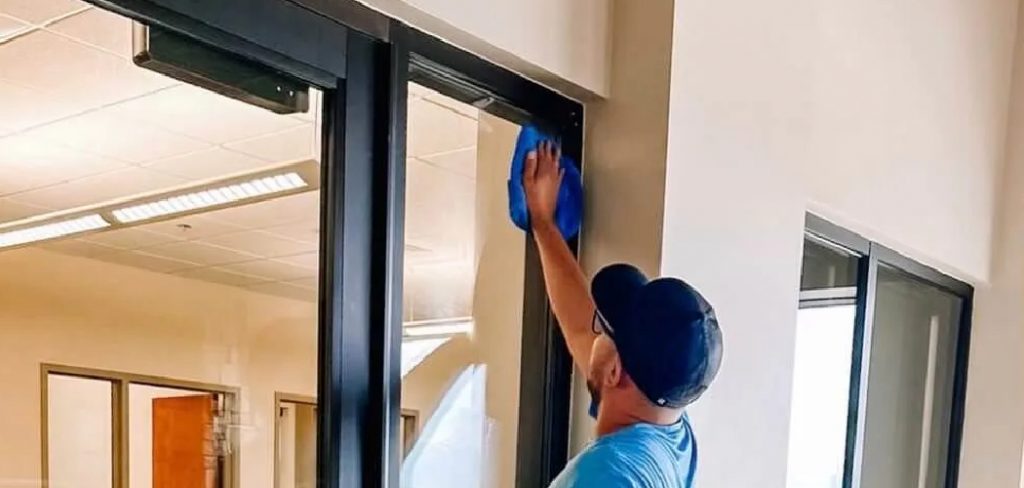
This guide on How to remove etching from safety glass will walk you through effective methods for dealing with etched safety glass, ensuring a professional finish suitable for various applications.
Why Remove Etching From Safety Glass?
Etching on safety glass can occur due to various reasons, and it is essential to address the issue promptly. Here are some reasons why removing etching from safety glass is necessary:
Improve Appearance:
Etched glass can be unsightly and diminish the overall aesthetic appeal of a space or object. Removing these marks can greatly improve the appearance and restore the glass to its original state.
Prevent Further Damage:
Etching on safety glass can weaken the surface and make it more susceptible to cracking or shattering. Removing etching will prevent further damage and ensure the integrity of the glass is maintained.
Increase Safety:
In some cases, etched safety glass may compromise its protective properties, reducing its ability to withstand impact or provide a barrier against heat or cold. By removing etching, you can ensure that your safety glass continues to meet its intended purpose.
Tools and Materials Needed
Before attempting to remove the etching from the safety glass, gather all the necessary tools and materials for the best results:
- Safety Glasses and Gloves
- Microfiber Cloth or Soft Sponge
- Glass Cleaner or Vinegar Solution
- Non-abrasive Cleaning Agent
- Fine-grit Sandpaper (1000 Grit or Higher)
- Glass Polishing Compound
8 Methods on How to Remove Etching From Safety Glass
Method 1: Using Glass Cleaner or Vinegar Solution
The first method involves using a glass cleaner or vinegar solution to remove light etching on safety glass. Follow these steps for the best results:
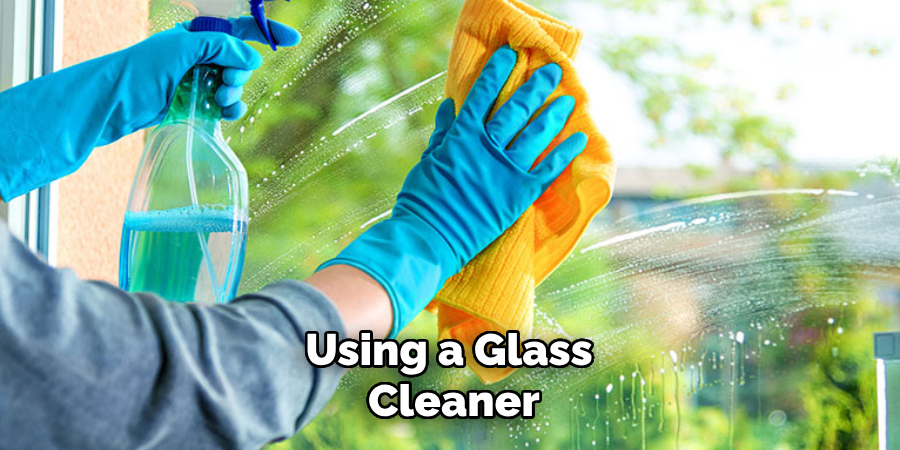
- Put on safety glasses and gloves for protection.
- Spray the glass cleaner or vinegar solution on the etched area and let it sit for a few minutes.
- Gently scrub the area in a circular motion using a microfiber cloth or soft sponge.
- Rinse with water and dry with a clean towel.
- If there is still etching, repeat the process or move on to another method.
Method 2: Using a Non-abrasive Cleaning Agent
For slightly more stubborn etching, you can try using a non-abrasive cleaning agent instead of a glass cleaner or vinegar solution. Follow these steps:
- Put on safety glasses and gloves for protection.
- Apply a small amount of the cleaning agent to the etched area.
- Gently scrub in a circular motion with a soft sponge or cloth.
- Rinse with water and dry with a clean towel.
- If there is still etching, move on to another method.
Method 3: Sanding
For deeper or more extensive etching on safety glass, sanding may be necessary. Follow these steps:
- Put on safety glasses and gloves for protection.
- Wet the affected area with water using a spray bottle or damp cloth.
- Use fine-grit sandpaper (1000 grit or higher) to gently sand the etched surface in a circular motion.
- Continue until the etching is no longer visible.
- Rinse with water and dry with a clean towel.
Method 4: Using Baking Soda Paste
Baking soda paste can be an effective alternative to non-abrasive cleaning agents. Follow these steps:
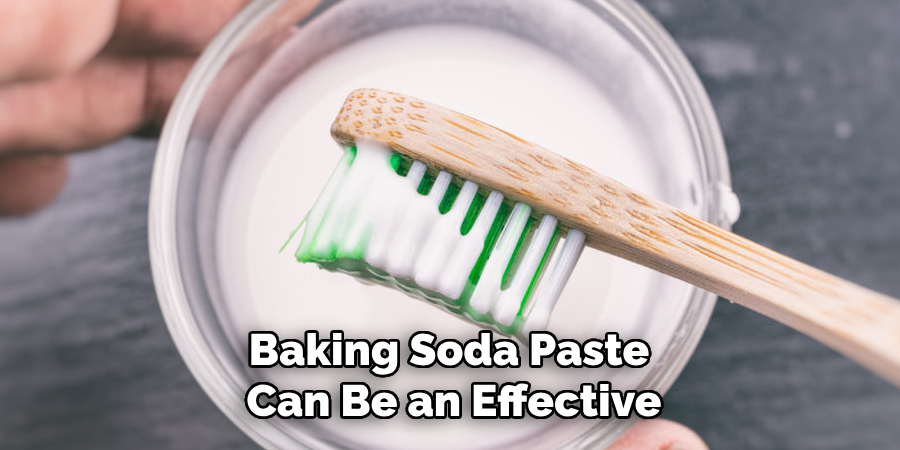
- Put on safety glasses and gloves for protection.
- Mix equal parts of baking soda and water to create a paste.
- Apply the paste to the etched area and let it sit for about 10 minutes.
- Gently scrub in a circular motion using a soft sponge or cloth.
- Rinse with water and dry with a clean towel.
- If there is still etching, repeat the process or move on to another method.
Method 5: Using Toothpaste
Toothpaste can also be used as a mild abrasive to remove light etching on safety glass. Follow these steps:
- Put on safety glasses and gloves for protection.
- Apply a small amount of toothpaste to the etched area.
- Gently scrub in a circular motion with a soft sponge or cloth.
- Rinse with water and dry with a clean towel.
- If there is still etching, repeat the process or move on to another method.
Method 6: Using Glass Polishing Compound
For deep or severe etching, using a glass polishing compound may be necessary. Follow these steps:
- Put on safety glasses and gloves for protection.
- Apply the polishing compound to the etched area.
- Gently rub in a circular motion using a soft sponge or cloth.
- Continue until the etching is no longer visible.
- Rinse with water and dry with a clean towel.
Method 7: Using Hydrofluoric Acid
Hydrofluoric acid is a more aggressive option for removing severe etching on safety glass, but it should be used with extreme caution. Follow these steps:
- Put on safety glasses and gloves for protection.
- Dilute hydrofluoric acid according to the manufacturer’s instructions.
- Apply the solution to the etched area using a sponge or cloth.
- Let it sit for no more than 15 seconds before rinsing thoroughly with water.
- Dry with a clean towel immediately after rinsing.
- If there is still etching, repeat the process or move on to another method.
Method 8: Seeking Professional Help
If all else fails or if you are uncomfortable handling chemicals, it is best to seek professional help. Glass restoration companies have specialized tools and techniques for removing etching from safety glass effectively and safely.
Following these methods and tips on How to remove etching from safety glass can help you successfully remove etching from your safety glass, restoring its appearance and functionality. Remember to always wear protective gear, handle chemicals with caution, and follow the instructions carefully for best results.
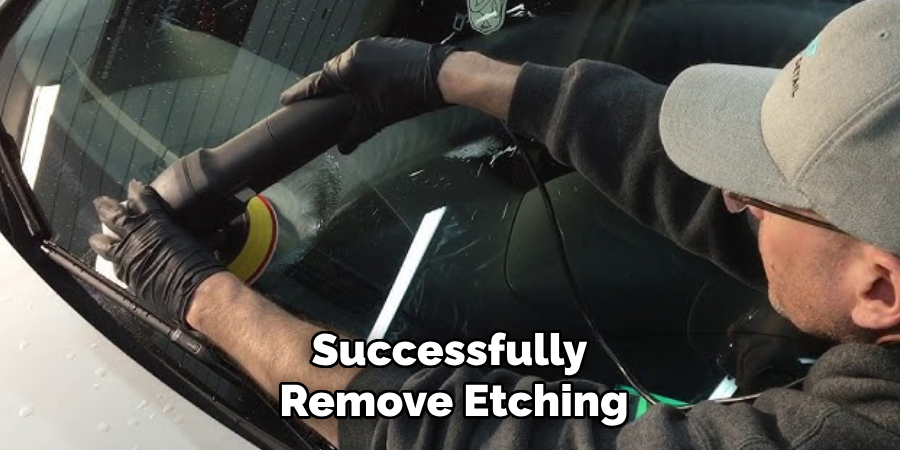
When to Seek Professional Help?
While many etching issues can be resolved using the methods listed above, there are certain situations where seeking professional help is the best course of action. If the etching on your safety glass is too deep or extensive for DIY methods to work effectively, a professional glass restoration service will have the necessary expertise and specialized equipment to handle the situation.
Additionally, if you are dealing with chemicals like hydrofluoric acid and feel uncomfortable using them due to their hazardous nature, professionals can ensure the process is done safely and efficiently. Lastly, seeking professional help is also recommended if the safety glass plays a critical role, such as in structural applications or in automotive or architectural settings, as maintaining its integrity is paramount.
Preventing Future Etching on Safety Glass
To avoid the need for future repairs, taking steps to prevent etching on safety glass is essential. Here are some tips to help protect your glass and maintain its pristine condition:
Clean Regularly:
Regular cleaning with a non-abrasive glass cleaner and a soft microfiber cloth can prevent the buildup of dirt, debris, and chemicals that may cause etching over time. Avoid harsh cleaning agents or abrasive materials.
Protect Against Chemical Exposure:
If your safety glass is regularly exposed to chemicals, consider applying a protective coating or film to prevent direct contact. This can also make future cleaning easier and less damaging.
Avoid Abrasive Contact:
Be mindful of any objects or materials that may come into contact with the safety glass and cause scratches or abrasions. Consider using protective barriers or covers to minimize potential damage.
Following these tips and seeking professional help when needed can help you maintain the beauty and functionality of your safety glass for years to come. Remember to always handle chemicals with caution, wear appropriate protective gear, and follow instructions carefully for safe and effective results.
Frequently Asked Questions
Q1: Can I Use Any Type of Glass Cleaner to Remove Etching From Safety Glass?
A: No, it is important to use a non-abrasive glass cleaner specifically formulated for safety glass. Avoid using harsh chemicals or abrasive materials as they can cause further damage.
Q2: Can Hydrofluoric Acid Be Used on Any Type of Glass?
A: No, hydrofluoric acid should only be used on safety glass and should always be handled with extreme caution due to its hazardous nature. Consult a professional before using this method. The use of hydrofluoric acid on other types of glass can result in damage or injury.
Q3: Can I Use a Razor Blade to Remove Etching From Safety Glass?
A: No, using a razor blade can cause scratches and further damage to the glass. It is best to use the methods listed above or seek professional help.
Q4: How Often Should I Clean My Safety Glass?
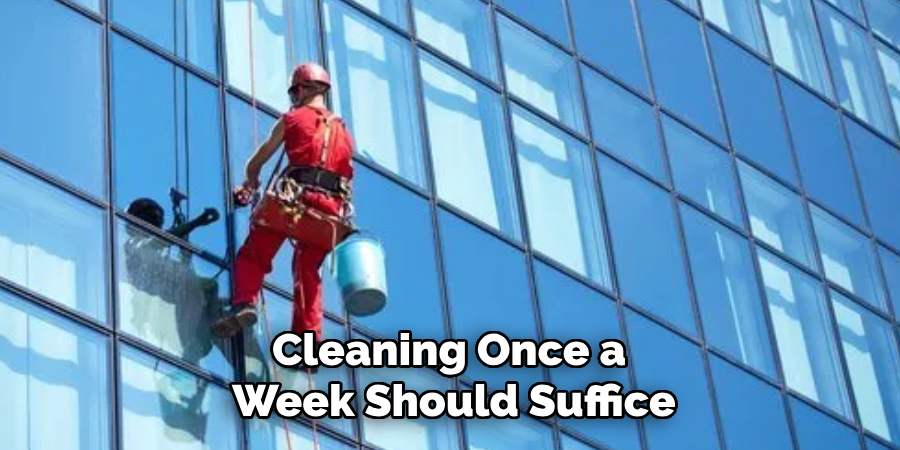
A: It is recommended that safety glasses are cleaned regularly, depending on their level of exposure and usage. Generally, cleaning once a week should suffice, but if exposed to chemicals or harsh elements, more frequent cleaning may be necessary.
Conclusion
Removing etching from safety glass is essential to preserve its appearance, strength, and safety properties. By using the appropriate tools and methods on How to remove etching from safety glass, ranging from simple household solutions to more advanced techniques, you can restore the integrity of your glass effectively.
Always prioritize safety by wearing protective gear and handling chemicals cautiously. When in doubt or dealing with severe etching, seeking professional assistance ensures the best results without compromising the glass’s quality.

